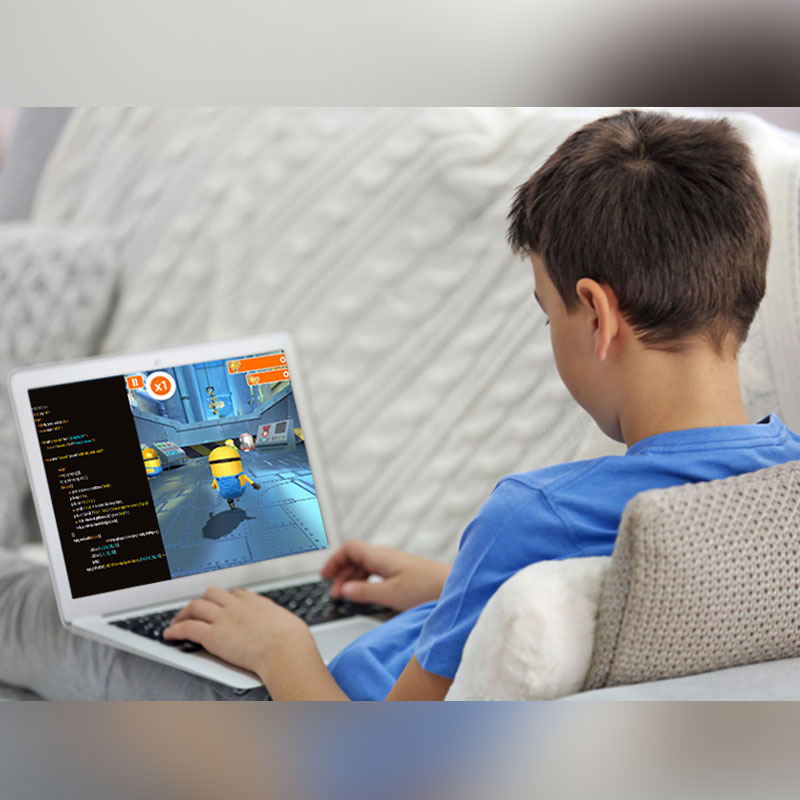21st Century Classroom: Game Design for School Students
Game design and development makes learning programming concepts fun and engaging for students. It develops real-world skills they need to be successful today and in tomorrow’s workforce. These skills include computational thinking, observation, sequencing, imaginative thinking, unstructured thinking, systematic planning, logical thinking, ideation, problem solving, interpretation, analysis, visualisation, experimentation, decision making and pattern recognition.
Types of Games
- Action Games: A video game that focuses on player's reflexes and hand-eye coordination.
- Role-playing Games: The player controls a fictional character that undertakes a quest in an imaginary world.
- Platformer Games: The player-controlled character must jump and climb between platforms while avoiding obstacles.
- Puzzle games: Games that emphasise puzzle solving to test many problem-solving skills including logic, pattern recognition, etc.
Phases of Game Design Process
- Concept is the basic idea of the game to be made, planning the game.
- Pre-production is the stage where the look, flow, storyline, character design, layout, etc. is created.
- Production is the actual building of the game.
- Post-production is the initial testing of the game work, of any necessary changes that the game requires.
Game Development Software/Engine
GDevelop
GDevelop is a full-featured, open-source game development software where students can create video games without any knowledge in a specific programming language. All the game logic is built up using an intuitive drag and drop development environment and powerful event-based system.
Students can explore the interface of G-Develop, ideate, and design a game level layout using the concepts of game design. In GDevelop, games are based on objects that are displayed on the scene. Objects can be of different types; some of the types are Sprites and Tiled Sprites. They can be animated, moved, and manipulated in different ways.
Lil Bub Hello Earth, Hyperspace Dogfights, and Galaxy Protectors are some of the popular games created with GDevelop.
Unity
Unity is a cross-platform game engine where students can create three-dimensional (3D) and two-dimensional (2D) games.
It allows students to analyse the game development process and create a Game Design Document (GDD) which is a highly descriptive living software design document of the design for a video game. GDD includes the Game Identity, Design Pillars, Genre/Story/Mechanics Summary, Features, Interface, Art Style, and Music/Sound of the video game.
Temple Run, Angry Birds Epic, and Super Mario Run are some of the popular games created with Unity.
ICT 360 provides NEP aligned, STEM accredited ICT curriculum with ready-to-use content, design and computational thinking approach to projects as well as interdisciplinary learning material on an online platform that caters to today’s relevant technologies and future skills requirements. It is designed to help teachers improve their instructional practices with 21st century teaching skills through train-the-teacher program, build a strong foundation to empower students with the ability and skills to design & create amazing things on their own in a fun & engaging environment, excel in academics and prepare them to be industry- and career-ready.
With 50+ partner schools across India, it aims to empower students with creativity, problem-solving, design and advanced tech skills from an early age. These skills are essential for future job roles like AI & ML Specialist, Game Designer, Graphic Designer, Software & Applications Developer, Animator, Robotics Engineer, Data Analyst, and IOT Specialist.

